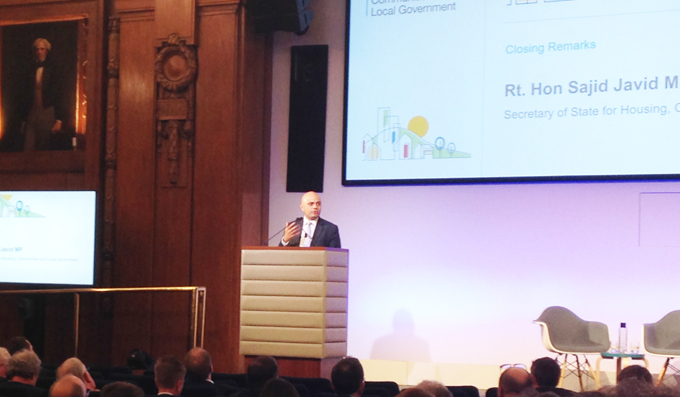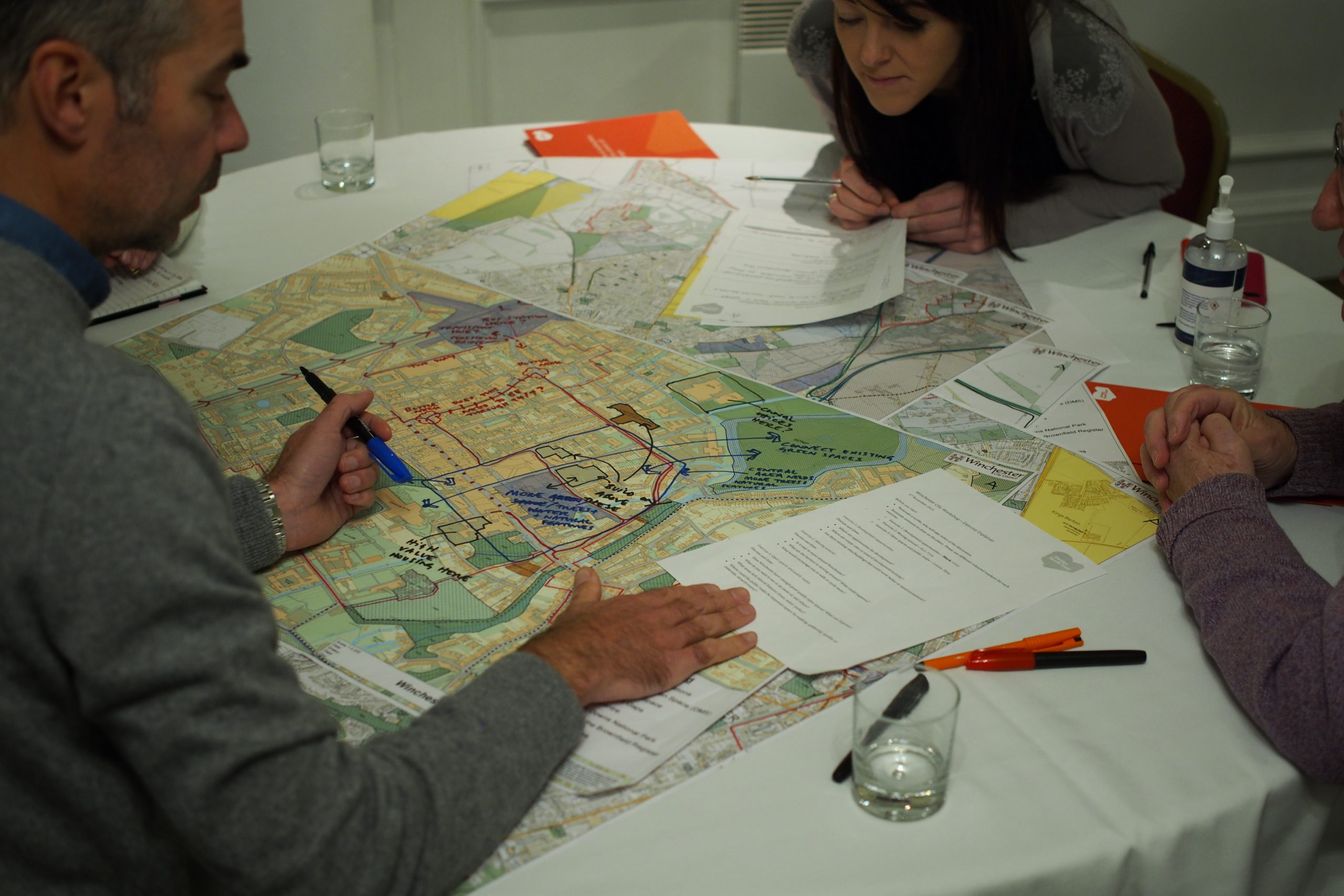In February we hosted the annual Kent Design Urban Design School, which brought together practitioners across Kent and the South East for an intensive two days of learning. This year’s theme was Delivering Zero Carbon: From Big Picture to Local Action. We were delighted to be joined by a range of expert speakers who are working in practice. Here are some of our key takeaways from the event:
It’s not just about carbon
Achieving Net Zero Carbon is top of our minds right now and it is an important milestone to hit if we are to avoid the worst impacts of climate change. However, we need to avoid “carbon tunnel vision” where we focus on reducing emissions to the detriment of other environmental and social considerations. Climate action is also about biodiversity, social justice, health, waste, pollution and placemaking.
Built environment practitioners have a huge role to play
The typical carbon footprint of a large development project is 200 times bigger than the average footprint of a UK citizen. By influencing major developments, built environment practitioners can have an outsized positive impact far beyond what can be achieved with personal lifestyle changes. Add to that the fact that the built environment and construction sectors are responsible for 38% of global emissions and it is clear that we have a huge role to play in addressing climate change. This is scary but also exciting because we already have the tools we need to achieve this!
Net Zero is an energy story
Bringing carbon emissions to zero is largely about the energy we use. An essential step towards this is transitioning our energy supply from fossil fuels to electricity generated by renewable technologies like wind turbines and solar panels. However, at current energy demand levels, this will be a mammoth task, which is why we must simultaneously reduce our energy use. The two biggest levers for reducing demand are retrofitting buildings to require less heating and move away from private car use (yes, even electric cars) to active travel and public transport.
‘Regenerative’ is the new ‘sustainable’
The top thinkers and practitioners are moving away from the concept of sustainability (which implies doing least harm) towards a regenerative approach, which means actively improving social and environmental conditions. A regenerative approach is even more challenging than sustainability, but it is essential if we want to create a future that is better than the present. See the diagram at the top of this article for a good visualisation of this approach.
Climate action is also a potent public health measure
Health is not just the absence of disease but is the ability to recover from stresses and traumas. The quality of the built environment is a major consideration in individual health, particularly as climate change is making urban environments less hospitable. However, there is great potential for climate action to also improve public health (“Multisolving”) if we work across professional and budgetary boundaries. Examples include facilitating active travel, fostering biodiversity, reducing traffic and growing food in towns and cities.
The future is circular
Circular Economy is about making the best use of the materials we already have to avoid the ecological degradation of mining and waste associated with our current linear approach. For the built environment this means retrofitting instead of rebuilding structures and reusing materials instead of recycling or disposing of them. Local authorities can enable this by working proactively with local trades and providing flexible planning conditions to allow for the reuse of existing materials.
Speakers and facilitators
Thanks to all the speakers and facilitators who made the Urban Design School such as success:
Rachel Hoolahan, Architect and Sustainability Coordinator, Orms
Scott McAulay, Coordinator, Anthropocene Architecture School
Josh Artus, Co-Founder and Director, The Centric Lab
Barny Evans, Director of Sustainability, Turley
Kat Scott, Sustainability & Regenerative Design Manager, dRMM
Jonathan Tricker, Placemaking Director, PJA
Tara Gbolade, Co-Founder, Gbolade Design Studio
Ross O’Ceallaigh, Programme Manager, Design South East
Julie Payne, Event Marketing & Operations Coordinator, Design South East
Kiki Gkavogianni, Design Advisor, Design South East
Lizzie Atherton, Design Advisor, Design South East
Kieran Toms, Design Advisor, Design South East
Afreen Patel, Design Advisor, Design South East
Image:
‘Regenerative’ is the new ’sustainable’
Source: Bill Reid, as shown in Architects Declare Practice Guide





